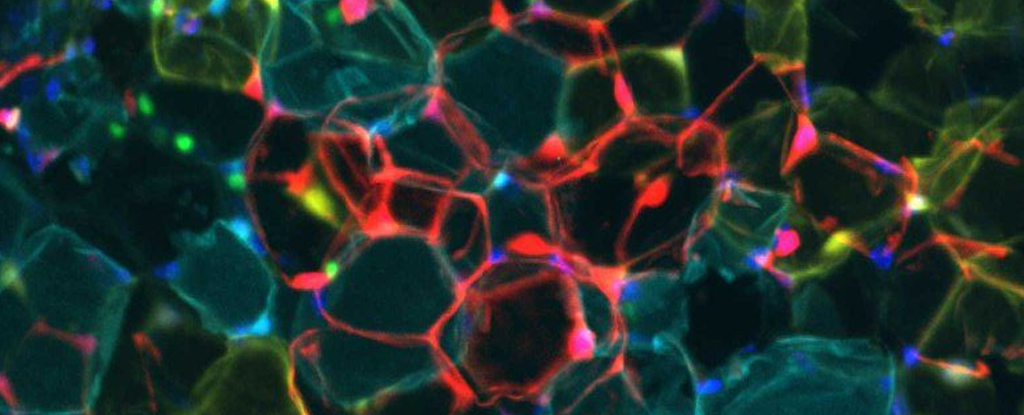
A recent study has identified a crucial connection between the amino acid cysteine and the body’s ability to burn fat. Researchers from multiple institutions in the United States discovered that managing levels of this amino acid could play a significant role in weight loss, challenging traditional approaches that focus solely on reducing caloric intake.
The investigation aimed to clarify why calorie restriction often leads to weight loss, with prior research suggesting that cysteine might be a contributing factor. The new findings reveal that cysteine depletion is instrumental in converting white fat, which stores energy, into brown fat, which burns energy and generates heat. This transformation essentially acts as a biological mechanism for weight loss.
Implications for Weight Management Strategies
According to Krisztian Stadler, a biomedical engineer at the Pennington Biomedical Research Center, “These results suggest future weight management strategies that might not rely exclusively on reducing caloric intake.” This indicates that a controlled diet may promote weight loss primarily by lowering cysteine levels, which is abundant in many protein-rich foods. This insight suggests that merely counting calories may not be the most effective strategy for weight loss.
To investigate this concept further, researchers conducted experiments with mice that were unable to produce their own cysteine. The results were striking; these mice experienced a dramatic 25-30 percent reduction in body weight within just a week when cysteine was not supplemented through their diet. Although the study did not involve human subjects directly, researchers analyzed data from 238 individuals who had previously participated in a calorie-reduction diet study. The analysis indicated that participants with lower cysteine levels in their fat tissue were more successful in managing their weight, reinforcing the connection between caloric intake and cysteine.
Caution Required in Metabolic Manipulation
While targeting cysteine could offer new avenues for metabolic management, caution is essential. The research revealed that blocking cysteine in the mice led to a life-threatening decrease in body weight, although this weight was restored once cysteine levels were replenished. It is important to note that cysteine is vital for various metabolic functions, making the manipulation of its levels a complex issue.
Stadler emphasized the dual role of cysteine, stating, “In addition to the dramatic weight loss and increase in fat burning resulting from the removal of cysteine, the amino acid is also central to redox balance and redox pathways in biology.” This complexity underscores the need for careful consideration when exploring weight loss strategies that involve altering cysteine levels.
The research, published in the journal Nature Metabolism, highlights the intricate nature of the body’s metabolic processes. As Eric Ravussin, a physiologist at the Pennington Biomedical Research Center, noted, “Reverse translation of a human caloric restriction trial identified a new player in energy metabolism.” This study represents a significant step forward in understanding the factors that influence weight management and metabolic health.
While the relationship between cysteine and fat burning opens up new possibilities, it also highlights the necessity of a holistic approach to weight loss that considers the body’s finely tuned biological systems. The findings pave the way for more effective weight management strategies that could benefit a wide range of individuals seeking to improve their health and wellness.






